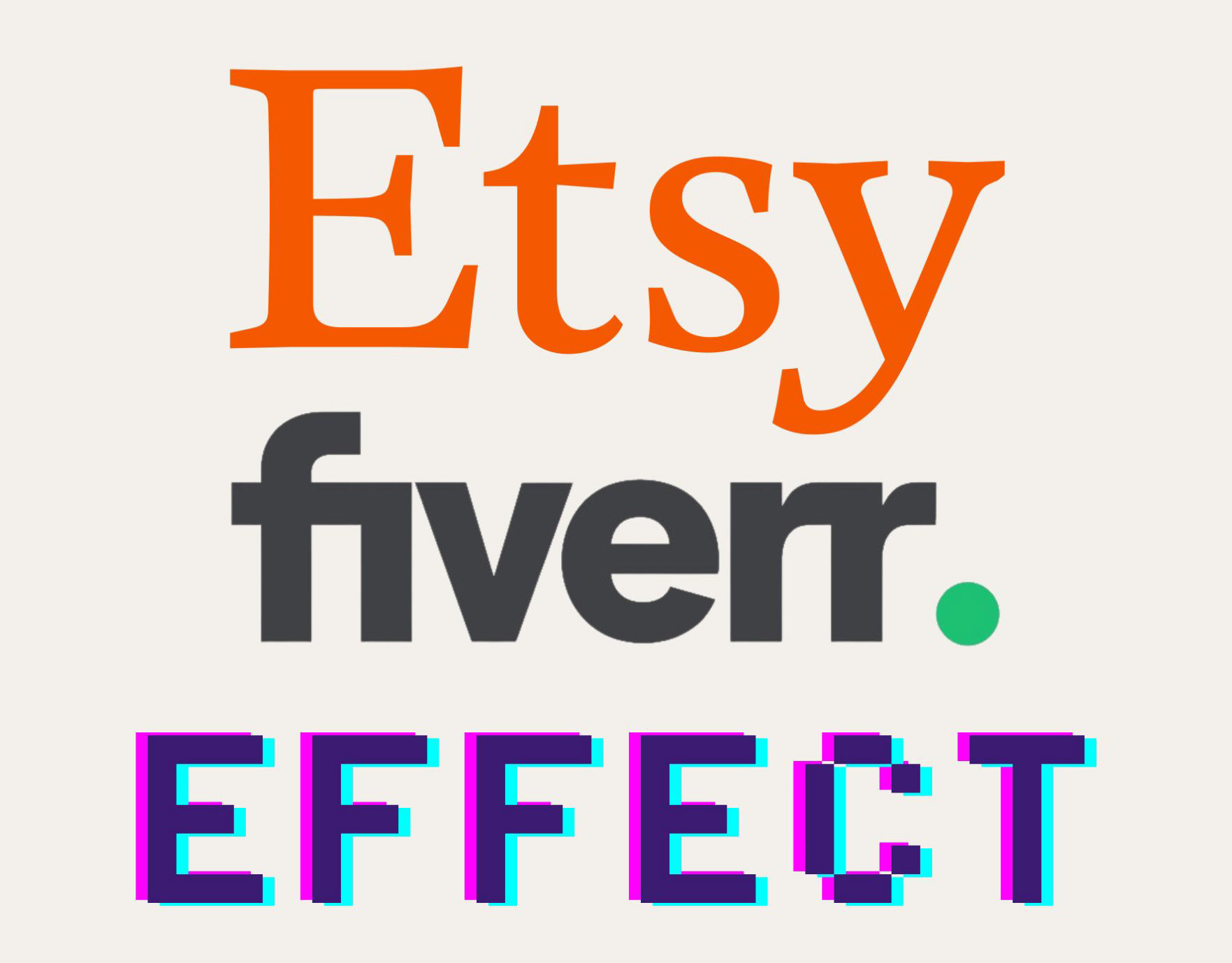A Brand Style Guide, also known as a brand book or brand guidelines, is a comprehensive document that outlines the key elements and rules for maintaining a consistent and cohesive brand identity. It serves as a reference tool for designers, marketers, and anyone involved in creating content or materials for a brand. The primary purpose of a Brand Style Guide is to ensure that the brand is presented uniformly across various channels and platforms.
Key components typically found in a Brand Style Guide include:
Logo Usage: Guidelines for the correct and consistent use of the logo, including variations, minimum size requirements, clear space, and any restrictions on alterations.
Color Palette: Specifications for the brand's color scheme, including primary and secondary colors. This section may include color codes for print and web applications.
Typography: Information about the fonts and typography styles used in the brand, including guidelines for headings, subheadings, and body text. This may include font families, sizes, and spacing rules.
Imagery and Photography: Guidance on the types of imagery and photography that align with the brand's visual style. It may include examples of preferred image styles, composition, and use of filters.
Voice and Tone: Guidelines on the brand's communication style, including preferred language, tone, and messaging. This helps maintain a consistent brand voice across written content.
Iconography: Rules and examples for using icons and symbols associated with the brand, ensuring consistency in style and usage.
Layout and Design Elements: Instructions on layout principles, grid systems, and other design elements that contribute to a unified visual identity.
Usage in Different Media: Guidelines for applying the brand identity across various media, such as print, digital, social media, and merchandise.
Brand Story and Values: A brief overview of the brand's history, mission, vision, and core values. This section provides context for the brand identity and helps align content with the brand's narrative.
Applications and Misuse: Clear instructions on what not to do with the brand elements, including examples of misuse or incorrect usage to avoid.
A well-crafted Brand Style Guide ensures that everyone involved in creating content for the brand adheres to a set of standards, maintaining a cohesive and recognizable brand image. It is a valuable tool for both in-house teams and external partners, fostering brand consistency and helping to build a strong and memorable brand presence.
Why you need a brand style guide
A Brand Style Guide is a crucial tool for several reasons:
Consistency: Ensures a consistent and uniform presentation of the brand across all communication channels. Consistency helps build brand recognition and trust among the audience.
Professionalism: Presents a professional image by providing clear guidelines on how to use brand elements. This professionalism extends to all aspects of a brand's visual and written communication.
Guidance for Creators: Offers guidance to designers, marketers, and content creators, helping them understand how to correctly use brand elements, such as logos, colors, and fonts.
Brand Recognition: Facilitates instant brand recognition by standardizing the use of logos, colors, and other visual elements. A recognizable brand identity enhances brand recall.
Efficient Collaboration: Streamlines collaboration by providing a reference point for everyone involved in creating content. This is especially valuable when working with external partners or agencies.
Adaptability: Ensures that the brand identity remains intact and adaptable across various media, including print, digital, social media, and merchandise.
Prevention of Misuse: Clearly outlines what not to do with brand elements, reducing the risk of misuse or inconsistent representation that could dilute the brand's impact.
Time and Cost Efficiency: Saves time and resources by providing a ready reference, minimizing the need for repeated clarifications or corrections in the design and marketing process.
Brand Story Alignment: Aligns content with the brand's story, values, and messaging. This ensures that all brand communication reflects the desired narrative.
Scalability: Facilitates scalability as the brand expands and creates content for different platforms or regions. The guidelines help maintain a cohesive identity across diverse applications.
Adherence to Accessibility Standards: Promotes adherence to accessibility standards, ensuring that content is inclusive and accessible to individuals with varying abilities.
In summary, a Brand Style Guide is a valuable tool for maintaining brand integrity, ensuring a professional and consistent brand image, and providing clear instructions for everyone involved in creating content for the brand. It serves as a roadmap to uphold the brand's visual and messaging standards, contributing to the brand's overall success and recognition.










